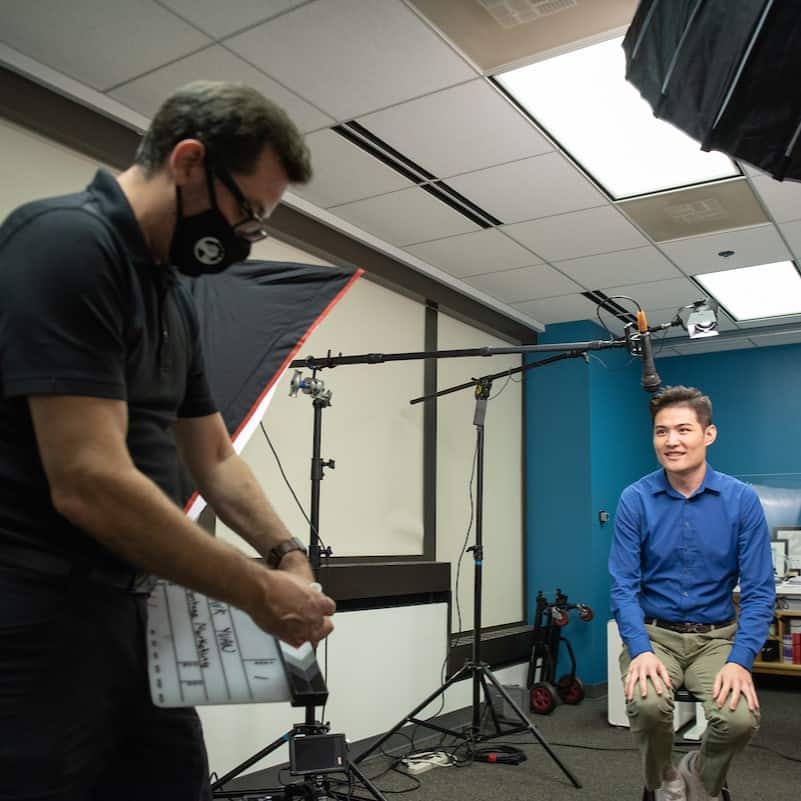It’s hard to believe that it’s been two decades since experiential marketing burst on the scene and quickly became a buzzword in industry circles.
With its origins in event marketing, experiential has for years been treated as the marketing world’s fifth wheel. An add-on or an afterthought, brands employed experiential when they had leftover budget. Experiential marketers did not have a seat at the strategic table. Our practice was considered execution or activation-centric only.
Despite its tepid reception, I, along with many others, have spent the last 20 years implementing successful experiential marketing strategies. We caught on early and shared an affinity for its advantages: the opportunity to immerse customers in a brand, to make audiences feel valued through one-to-one interactions, to gather feedback, and to build long-term relationships and customer loyalty.
One thing we haven’t shared? A common or accepted understanding of what experiential actually is. To this day, there has not been an industry-wide accepted definition of the category.
Now, in an era of unprecedented customer control, it’s more important than ever that we all get on the same page.
Seventy-five percent of customers don’t accept advertisements as truth. Up to 26 percent of desktop users and 15 percent of mobile consumers use online ad blockers. People are 71 percent more likely to purchase based on social media referrals. Nearly 80 percent of customers read online reviews before making a purchase. What’s more, consumers of all ages would rather spend money on amazing experiences than on tangible items.
This potent combination of consumer skepticism and connectivity has propelled experiential marketing forward. But for all brands to be comfortable with it, in reference and in practice, it must be better understood.
Experiential Defined
Perhaps experiential should have been called experience marketing from the outset? People understand experiences. They want experiences. And all experiential revolves around experiences.
But are all experiences experiential? No.
Let’s use a spin wheel as an example.
A customer steps up, spins the wheel, and wins a prize of some kind. The spin wheel offers the customer an opportunity for interaction. It may also do a functional job communicating some rational facts. But the spin wheel isn’t experiential. Why? Because the heart of the activity has nothing to do with the brand. It is a tool rather an experience in and of itself.
Experiential centers on engagements that are authentic, integrated, human-centered, multi-sensory, and most importantly, that lead to a mutually-beneficial interaction between a brand and its audience.
The Elements Of A Good Experience
What makes for a good branded experience?
There are three essential elements. If your engagement doesn’t include them all, you are not doing experiential marketing:
1. Know your customer
2. Know your brand
3. Create a touch point that is mutually-beneficial
Know Your Customer
According to the National Center for Biotechnology Information, a human’s attention span hovers around eight seconds. Goldfish outperform us. But, if you can capture a person’s attention in the first eight seconds, you have four minutes and 52 seconds until their attention span is exhausted.
For customers to take notice, brands must know what makes them tick. Conduct secondary research to gather insights on audience demographics, interests and behaviors. Survey audiences, study your prospects’ behaviors and customs, habits and differences. Ask questions like ‘What motivates my audience when deciding on brands, products or services?,’ ‘What are the rational reasons for those decisions?,’ and ‘What are the emotional reasons?’
If a customer chooses to spend time with a brand, the opportunity to create a meaningful relationship with that customer results. Getting to know your customers will give you a head start, like a four minute and 52 second head start.
Know Your Brand

Why was the company created? What do you stand for? Experiential offers an unparalleled opportunity to showcase your values and brand purpose.
Authenticity and consistency are critical. Present your brand consistently, online, offline and everywhere in between, to prevent feelings of bait-and-switch. Done right, you will establish trust and earn customer commitments for the long term.
Create a Touchpoint
Gratuitous giveaways like t-shirts in exchange for contact info pass little to no value on to the consumer. Marginally interested customers who interacted with you only to win a prize aren’t likely to become big buyers or brand advocates. The net result of these transactional interactions is a stack of expensive prospect names.
Create a touchpoint of mutual benefit for a greater overall return.
Takeaway
Experiential marketing is diverse because experiences are diverse. But if we look at the “why”—the purpose of experiential—we see that it is and always has been about creating meaningful connections between brands and customers.
How we create experiences and what tools we use will continue evolve. But the beauty of effective experiential is that it creates something that a company and a consumer are equal parts of. And now more than ever, that’s exactly what consumers want most.
This post has been adapted from an article written by Montage CEO Mercedita Roxas-Murray for CMO. View the original article.







